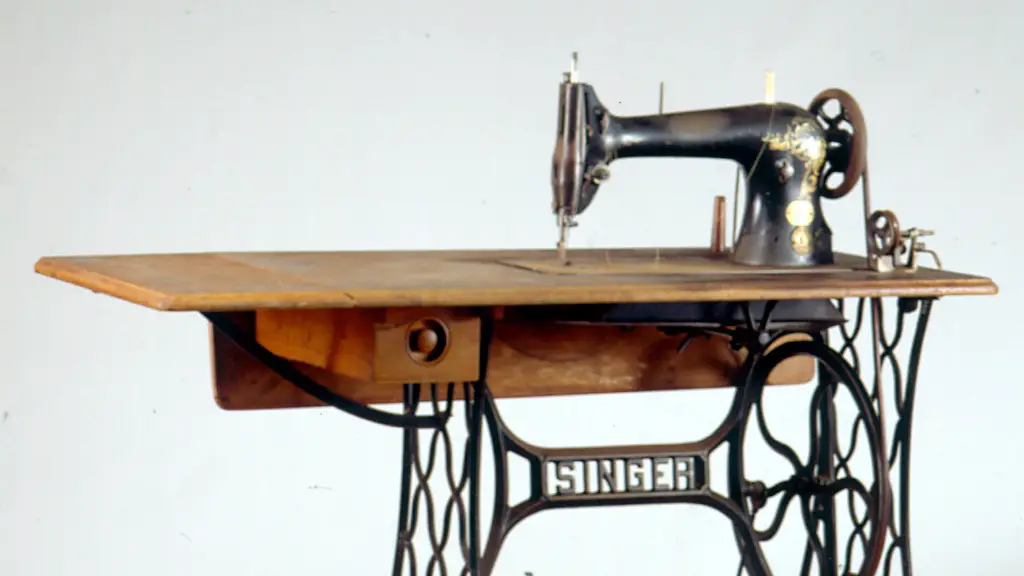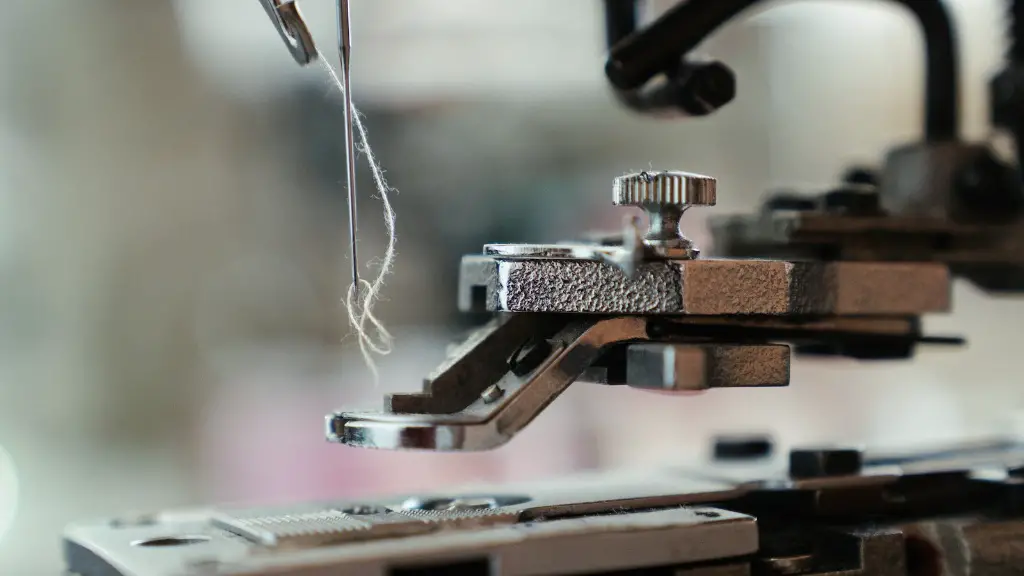Overlock stitching is a fast and efficient way of finishing raw edges on garments and fabrics. It is also used to secure hems and create neat seams. With the right techniques and a few simple tools, anyone can master the overlock stitch in no time.
Prepare the Materials
The first step before beginning any sewing project is to select your thread. For overlock stitching, select a thread designed specifically for this purpose as it will be strong enough to hold the stitch securely in place. Additionally, use a thread that matches the fabric to ensure a professional and finished look.
To prevent fraying and create a neat seam, use a suitable overlocker needle. The size of the needle required will depend on the thickness of the fabric used, so it is best to check the label before choosing a needle.
Having the right needles and thread for the overlock stitch is essential for a successful project. If the wrong equipment is used, it can result in an uneven stitch, create extra tension on the fabric and damage the needle.
Set Up the Machine
Once the materials have been gathered, it is time to prepare the sewing machine. Ensure the presser foot is attached correctly and the needle is in the correct position. The tension settings will need to be adjusted to the correct levels depending on the thickness of the fabric. Most modern-day machines come with instructions on how to do this.
To finish the setup process, ensure there are enough bobbins of overlock thread in the machine. An overlock machine usually uses 2 – 4 spools so you may need to buy extra thread depending on the size of the project.
Sew the Seams and Hems
Once the sewing machine is set up correctly, it is time to start stitching. Begin by joining the two pieces of fabric together. Make sure the edges are aligned and the seam width is consistent.
Once the seam is secured, it is ready to be overlock stitched. Start by guiding the fabric through the machine and begin stitching. Adjust the tension settings if necessary, and check the stitch at regular intervals to ensure it is even and secure.
When stitching hems, use a zigzag stitch setting to create an extra secure and neat finish.
Troubleshooting
If there are problems with the overlock stitch, it is usually due to an incorrect setup or wrong combination of materials used. If the stitch is uneven, it is likely that the tension settings are too high or incorrect for the type of fabric used.
If the stitch is too tight, it may be that the needle size is unsuitable or the thread is too thick. If the needles are damaged or blunt, the stitch may be weak and easily break. In these cases, it is best to replace the needles and thread for better results.
If the stitch is loose, the tension needs to be adjusted so that the stitches appropriately secure the seam and hems.
Essential Tips For Professional Overlock Stitching
When mastering the art of overlock stitching, it is important to follow a few key tips to ensure professional results.
Firstly, use the right machine. It is important to only use an overlock machine, as a regular sewing machine will not be able to produce the correct stitch.
Secondly, use good quality materials. Investing in good quality needles and thread will result in a neater and more secure stitch, and will ensure that the project is completed to a professional standard.
Thirdly, when joining two pieces of fabric, use a straight stitch before stitching with the overlock machine, as this will strengthen the seam and help create a neat and professional finish.
Finally, practice makes perfect. The more you practice, the better you will become at mastering the overlock stitch and creating neat seams and hems.
Care and Maintenance
To ensure your overlock machine is working properly, it is important to regularly perform a few basic maintenance tasks.
To extend the life of the machine, regularly clean out the lint and debris. Additionally, check the tension settings and needles and use a lubricant to keep the machine running smoothly.
If your machine is in need of repair, take it to a trusted repair shop as soon as possible to prevent any further damage to the machine.
Finally, always follow the instructions in the user manual to ensure the machine is used in a safe and efficient manner.
Storage and Safety Tips
When storing the sewing machine, it important to place it in a safe and secure area away from children and pets. Additionally, place a few layers of fabric between the machine and any other materials to protect it from damage.
Ensure that all sharp objects, such as needles and scissors, are kept out of reach, and never leave the machine unattended while it is in use.
Finally, always ensure to unplug the machine when not in use and store it in a dry and dust-free environment.
Conclusion
With the right materials and the right knowledge, anyone can learn how to overlock stitch on a sewing machine. This technique is a fast and efficient way of finishing raw edges and creating neat hems. By following the above steps and tips, you can master the art of overlock stitching and create beautiful and professional-looking garments and fabrics.





